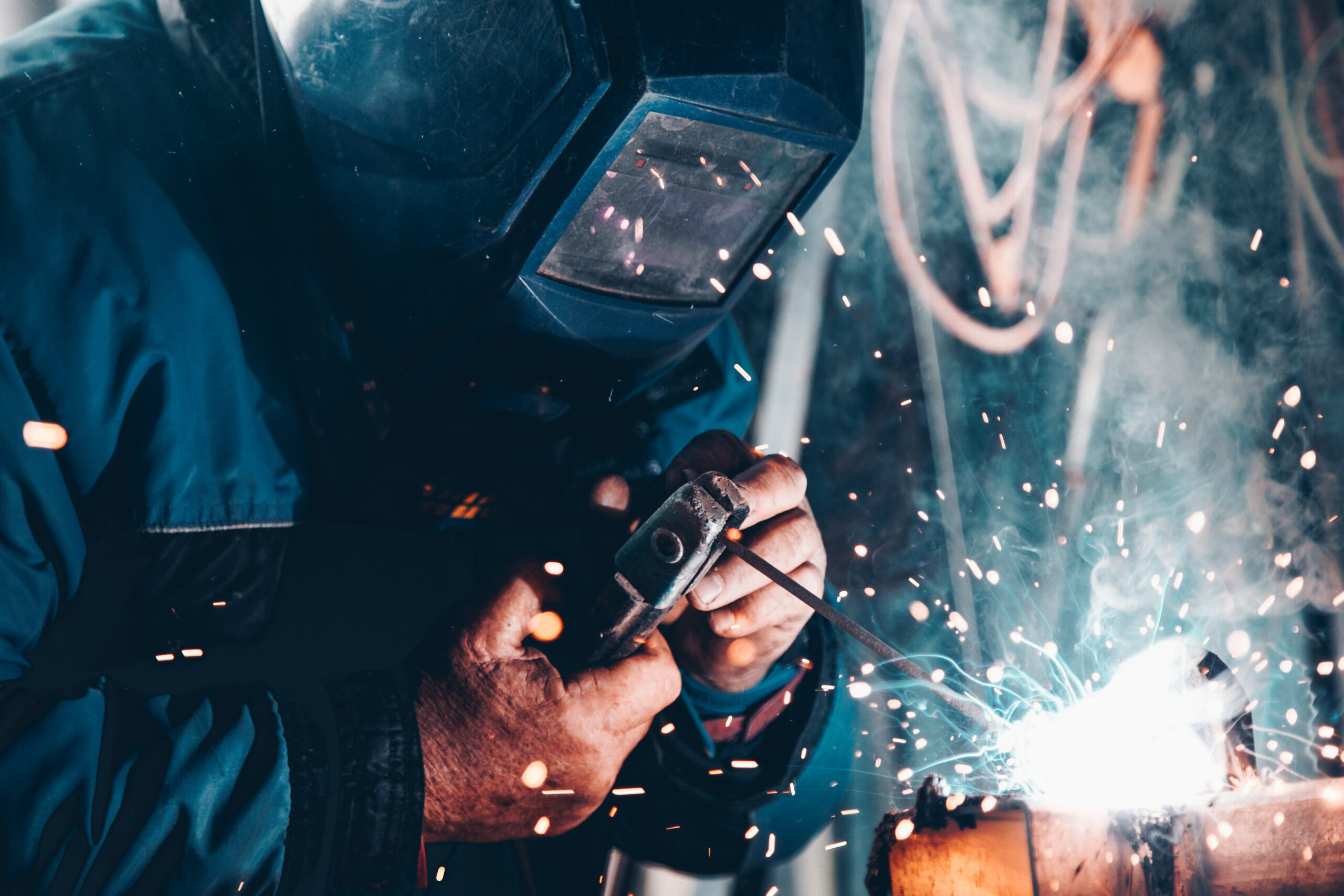What Are The Different Types Of Welding And How To Become A Welder
Welding is the art of joining metals and other materials together, and it also involves elements like design improvement and fabrication. Welding can be a rewarding career, but there are different things that you should know before you reach your desired goal. If you want to become a professional in the world of metalworking, here is everything that you need to know about how to become a welder.
Types of Welding
There are different types of welding particularly focused on combining different types of materials. The following are the three commonly used welding techniques.
Shielded Metal Arc Welding (SMAW)
This type of welding is sometimes called stick welding, and it uses rods or electrode sticks that are fed through a welding gun. Electricity is the primary source of power that is used to create an arc between the metal surface and the electrode to bond them utilizing melted electrodes as the filler. This type of welding is very common in construction and other heavy industries since it is used to join large pieces of metal.
Gas Metal Arc Welding (GMAW)
This is sometimes called metal inert gas (MIG) welding, and it works almost similarly to stick welding. The only difference, in this case, is that a continuous electrode wire is used to replace the sticks. MIG welding is common in the manufacturing and automotive industries. More importantly, this type of welding is neater than stick welding.
Gas Tungsten Arc Welding (GTAW)
This type of welding is also called tungsten inert gas (TIG), and it replaces consumable rod or electrode wire that is used in MIG or stick welding. Instead, it uses non-consumable tungsten implying that no filler material is required. The heat produced from the arc melts the metal surface thereby producing a bond. TIG is the neatest form of welding, but it is the slowest option. This form of welding is usually applied to delicate metal where appearances matter.
How To Become A Welder
If planned carefully, welding is a rewarding career that offers many opportunities in different sectors. There are several steps that you should take to pursue a career as a welder and the type of welding you want to perform determines your course. You can get degree training or formal vocational training to acquire any of the two most common certification programs in the US. These include the American Petroleum Institute (API) and the American Welding Society (AWS).
Education
To pursue a career in welding, you need a high school diploma or equivalent to enroll in your preferred program. High school education is vital since it provides essential learning skills like algebra and geometry that you can use to understand how materials stick together during welding. Other high schools offer welding courses to prepare the candidates for welding certification exams. Training and education are crucial if you want to excel in your welding course.
Additionally, mold making and design training are essential, particularly if you want to be an expert welder. This is because welding is not only about joining and forming metals together but also requires knowledge of designs and technical drawings.
Certifications and Licensing
There are mainly two certification programs that include the American Welding Society and American Petroleum Institute. API is more advanced and primarily focuses on the petrochemical industry. If you are a newbie to welding, you can consider AWS. You may need a few weeks or years to obtain the welding certification that you dream of. If you do not possess formal education, you need work experience if you want to obtain certification in API.
Apprenticeship
An apprenticeship is a sure way to jumpstart your career in welding. Many companies offer on-the-job training where you can get hands-on experience and also earn some monetary stipends while you work under the supervision of veteran welders. You need to check the requirements for one to apply for an apprenticeship. You need to look for places like government websites and vocational schools to get places for apprenticeships. If there are local welding unions in your area, you can also stand better chances of getting an apprenticeship. Apprenticeships offer a lot of advantages since welding requires more practice than theory. On top of that, you earn money while you learn.
Welding is a process that involves joining metals and other materials to form different structures. There are mainly three types of welding as you have observed, and these are used for different purposes. If you want to be a welder, you should first choose the types of welding that you need to specialize in. High school education is critical since it provides you with the requisite knowledge that you may need to pursue your career in welding. There are different welding programs that you can consider if you want to obtain a professional qualification.





